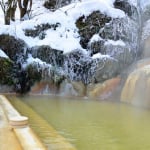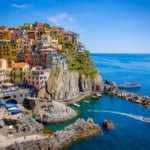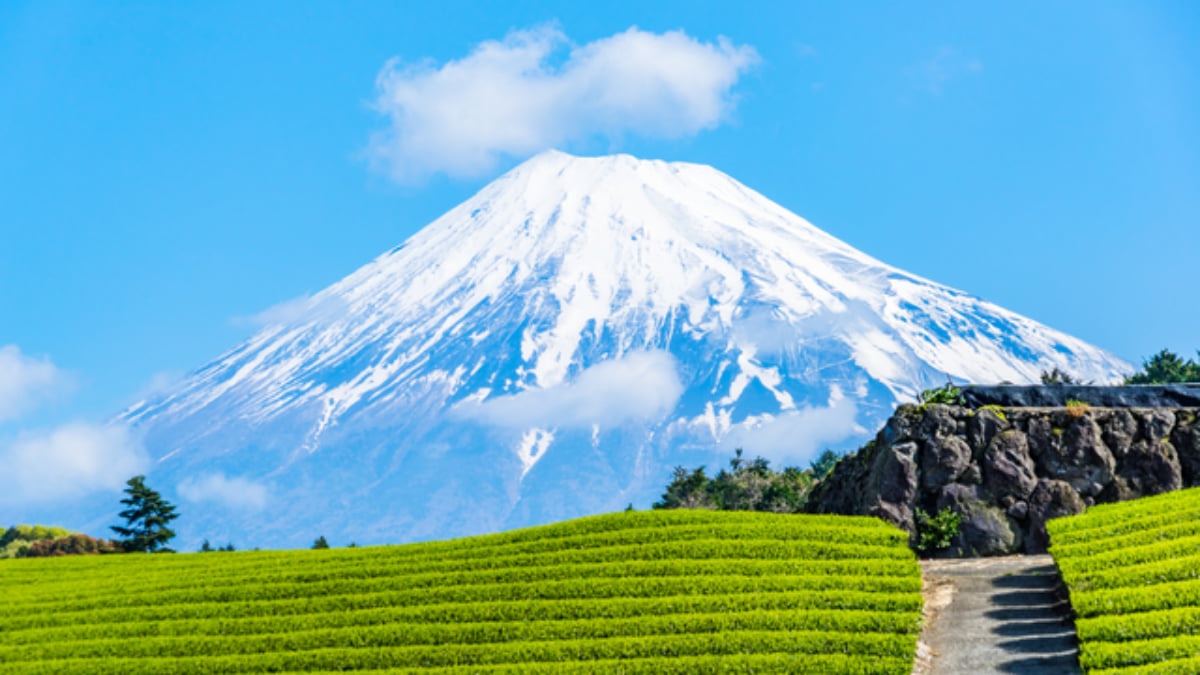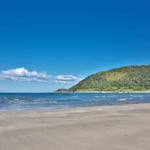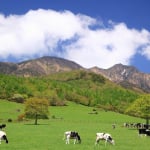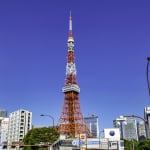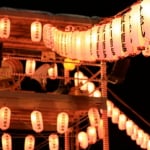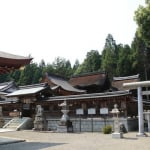Photo by たつきー/Pixta
The Top 6 Must-See Cities in Shizuoka Prefecture
Shizuoka is a region of mountains and seas, with one of the longest coastlines in Japan and a landmass punctured by the immense mountains of Kurohoshi, Daimugen, Yanbushi, and the largest of all, Mount Fuji. It is also known locally for its green tea and hot springs, producing more that half of the nation's supply of the former, and with over 2,000 natural hot springs scattered throughout the prefecture. Shizuoka's scenic Izu Peninsula was chosen for the Tokyo 2020 Olympic cycling events, and is ready to step into the spotlight. These six major cities in Shizuoka and all accessible on the Tokaido bullet train from Tokyo, Yokohama, Nagoya, Osaka and Kyoto, making them an easy choice for day trips or connections on the line.
table of contents
[x] close
The Top 6 Must-See Cities in Shizuoka Prefecture
Shizuoka City
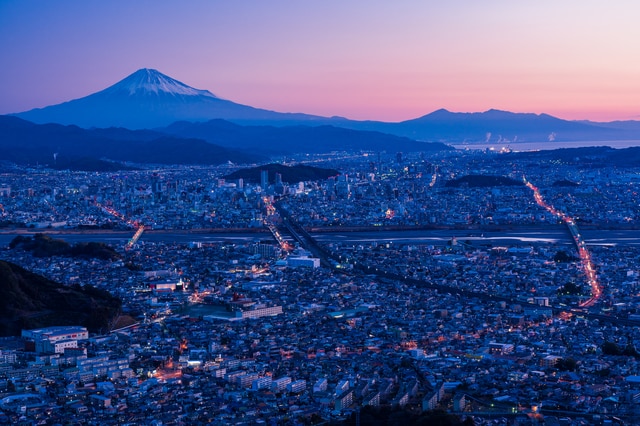
Photo by Yoshitaka/Pixta
Shizuoka City calls itself the City of Paradise for its breathtaking scenery of the majestic mountain scenery, views over Suruga Bay and the Abe River bringing fresh spring water down from the mountains. This city has strong ties to the past, and was once the home of revered samurai Tokugawa Ieyasu, who would soon become the first shogun of the Tokugawa Shogunate. The castle he built was called Sunpu, and has been reconstructed at its former site along with a new, more modern addition in the form of Sunpu Castle Park. The city's other historical sites include Shizuoka Sengen Shrine, the former pleasure garden of Tokugawa Yoshinobu, the last shogun, at Fugetsuro Gardens, and the Toro Remains, an archaeological site and collection of reconstructed prehistoric homes.
Atami

Photo by まちゃー/Pixta
Gateway to the beautiful Izu Peninsula, Atami is the one of the premier hot springs areas in Shizuoka. The city is only two hours away from Tokyo by train, and is a popular wellness destination for neighboring prefectures because of its easy access. Atami is also rich in history, and the Kiunkaku Former Ryokan museum reaffirms its popularity as a spa getaway for centuries. Visitors can enjoy every type of hot springs experience available just steps from Atami Station, from public foot baths to luxurious ryokan (Japanese inn) with inviting natural stone baths. A true resort town, Atami is also known for its beaches and waterfront promenades.
Hamamatsu

Photo by nobutti/Pixta
Hamamatsu is an up-and-coming city attracting the interest of artisans, craftsmen and entrepreneurs from around the country. There are enough craft brewpubs here to rival Tokyo, and some, like Octagon Brewing, are born and raised in the city. Just two hours from Tokyo, Hamamatsu has always attracted visitors for its spectacular natural scenery. To the south, the Nakatajima Sand Dunes rise up over the Pacific Ocean; in the west, Lake Hamana is a brackish lagoon where boating and fishing are popular, while the wide Tenryu River borders the city to the east. Closer to the mountains up in the north, the mysterious Ryotanji temple and the Ryugashido Cavern are more than worth the effort.
Kakegawa

Photo by kazukiatuko/Pixta
Shizuoka is the largest producer of green tea in Japan, and Kakegawa is the crown jewel. Known for its fine quality matcha and tea culture, Kakegawa is also the perfect place to experience the traditional Japanese tea ceremony. The city's downtown core is located just north of Kakegawa Station, and is home to a historic castle with a spacious teahouse offering Japanese matcha and sweets. Neighboring city Makinohara is filled with acres of tea plantations, which are best explored via bicycle. South of Kakegawa Station is Kakegawa Kacheon, a zoo filled with exotic birds. In the nearby mountains, the secluded Hattasan Son-ei-ji temple complex is a collection of historic Shinto shrines and Buddhist temples surrounded by thick natural forest.
Mishima
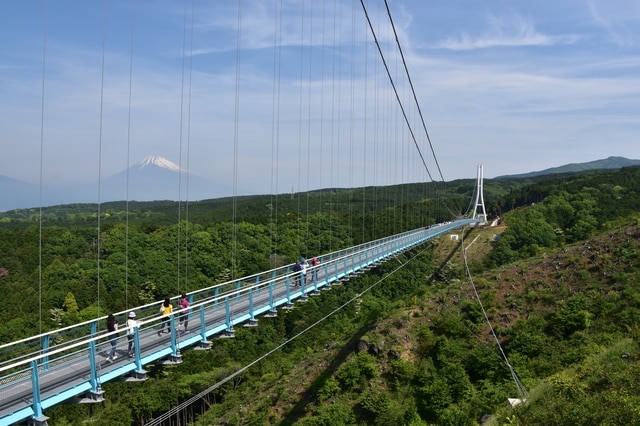
Photo by すり~る/Pixta
During the Edo Period, Mishima was an important stop along the Tokaido Road for traveling between Kyoto and Tokyo. The city is located close to Mount Fuji along the border of Fuji-Izu-Hakone National Park and Lake Ashi, home of the iconic Hakone Shrine. The Mishima Sky Walk is a 400-meter pedestrian suspension bridge which offers sweeping views of the landscape and Mount Fuji in the distance. Mishima is the ideal place to set up base while exploring the region, with Gotemba and Mount Fuji to the north, award-winning hot springs in Shuzenji to the south, and dozens of golf, cycling and hiking courses in the nearby hills.
Fuji

Photo by chariari/Pixta
As the name suggests, Fuji City is located a mere fifty kilometers from Mount Fuji, and many people come here to take in the view points at the Iwamoto Mountain Park and Obuchi Sasaba, the latter of which is offers unobstructed views of the majestic mountain over acres of tea plantations. From nearby Fujinomiya, a small town situated in the foothills of Mount Fuji, hopeful climbers can make their way to one of the trails leading to the summit. The iconic Shiraito Falls, a scenic mountain waterfall within the boundary of Fuji-Izu-Hakone Park, is a twenty-minute drive from Fujinomiya, but is also accessible via sightseeing bus.
In Conclusion
From vast, green plantations and the ancient art of the tea ceremony to feudal castles, soaring mountains and pristine seas, Shizuoka is sure to inspire and delight the weary traveler as it has for centuries. Whether it's a walk through historic landmarks and cultural gems or the excitement of exploring the great outdoors, there's something for everyone to enjoy in Shizuoka.



